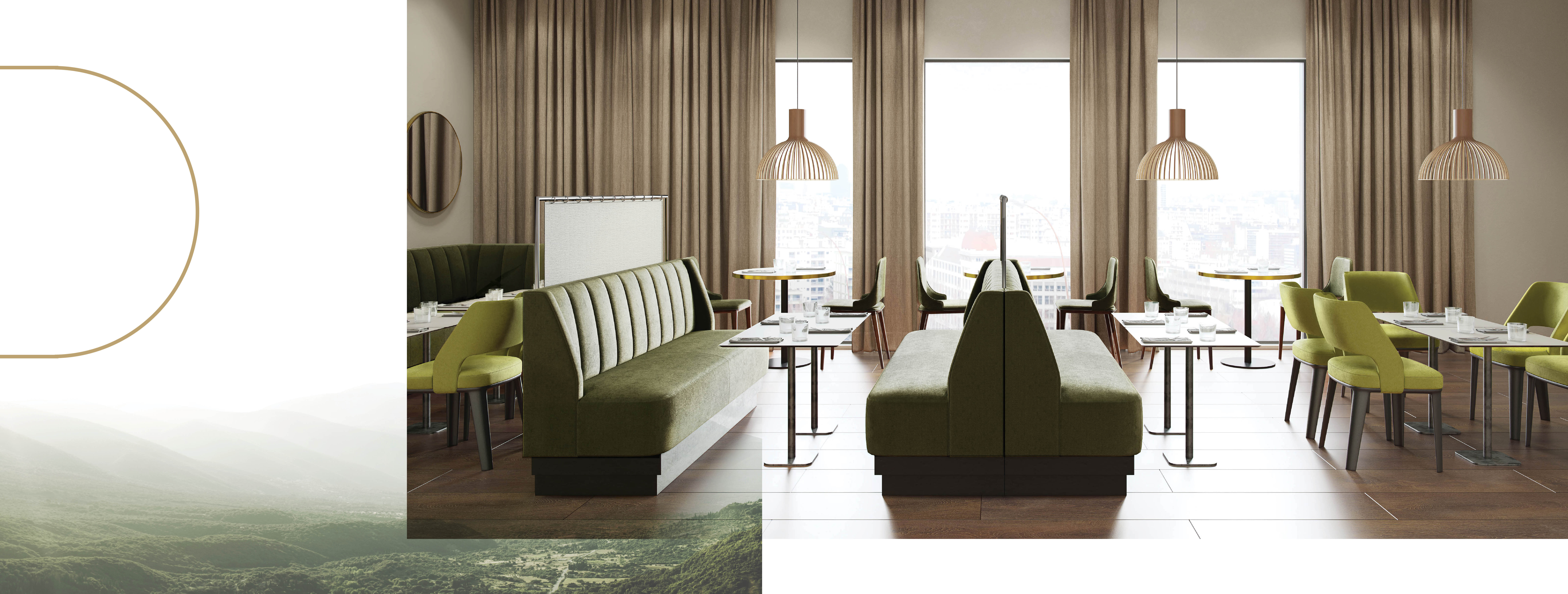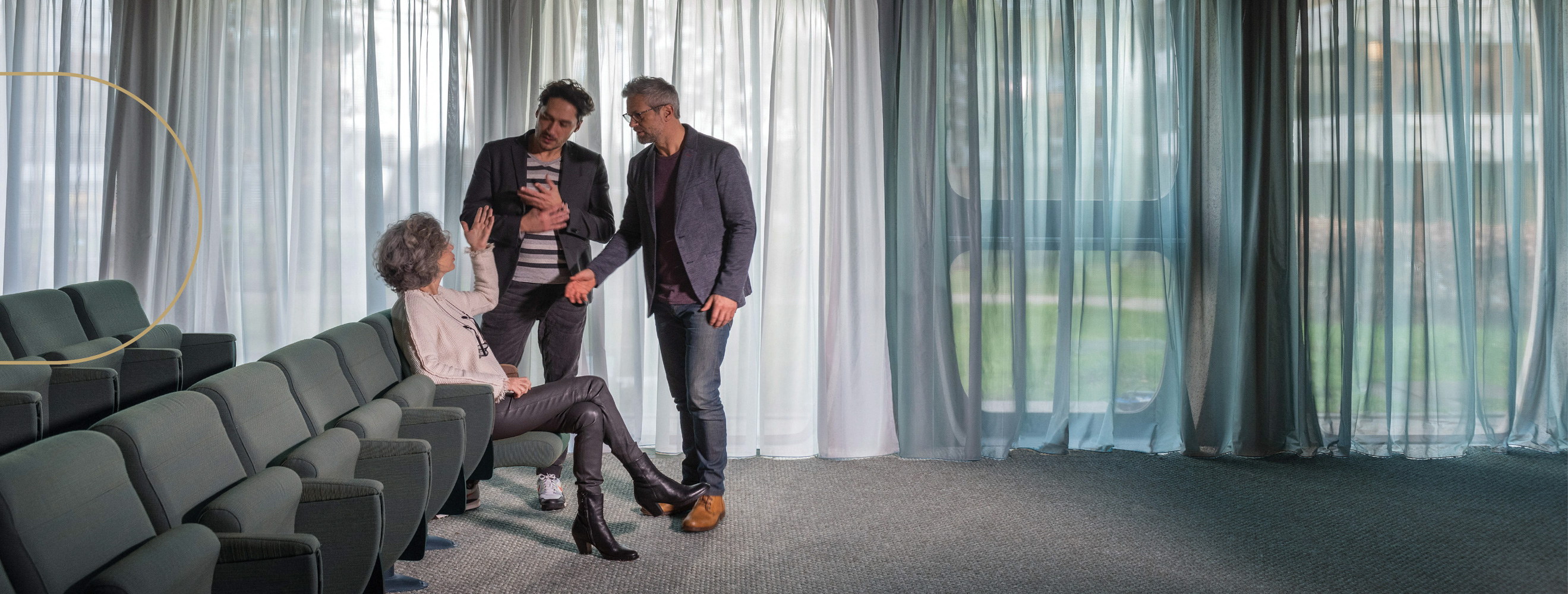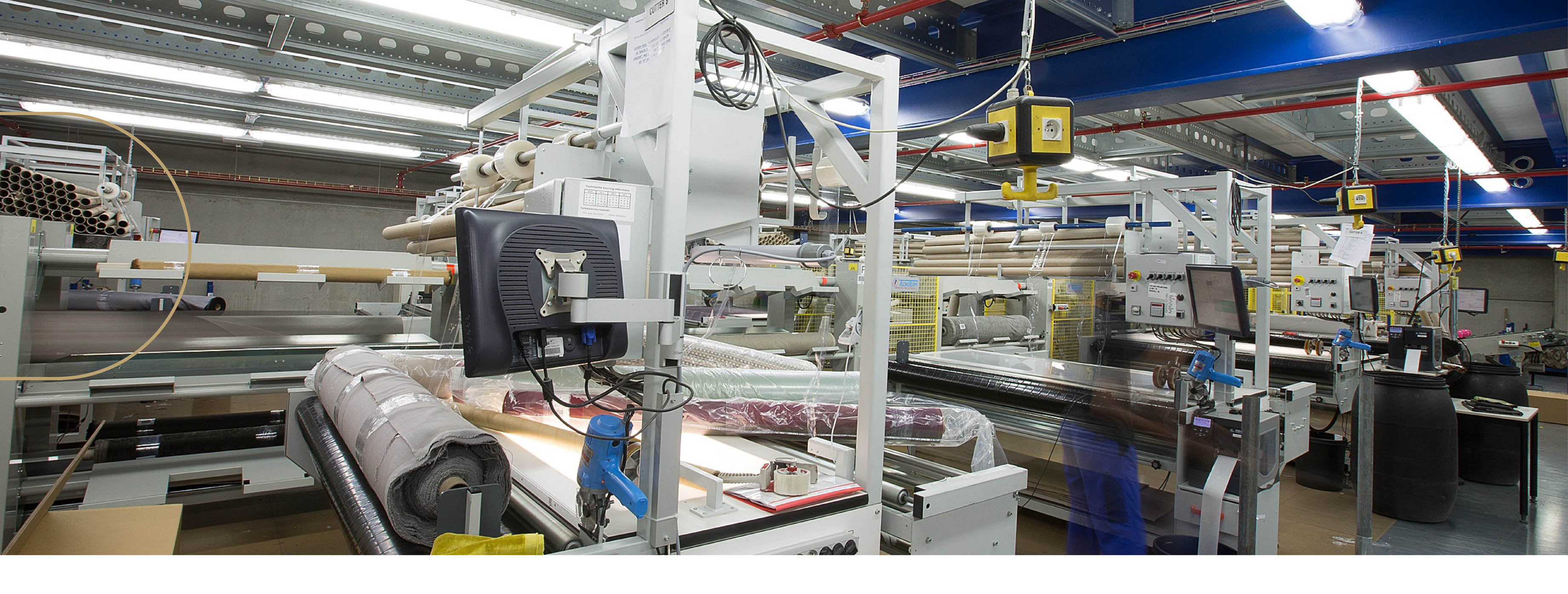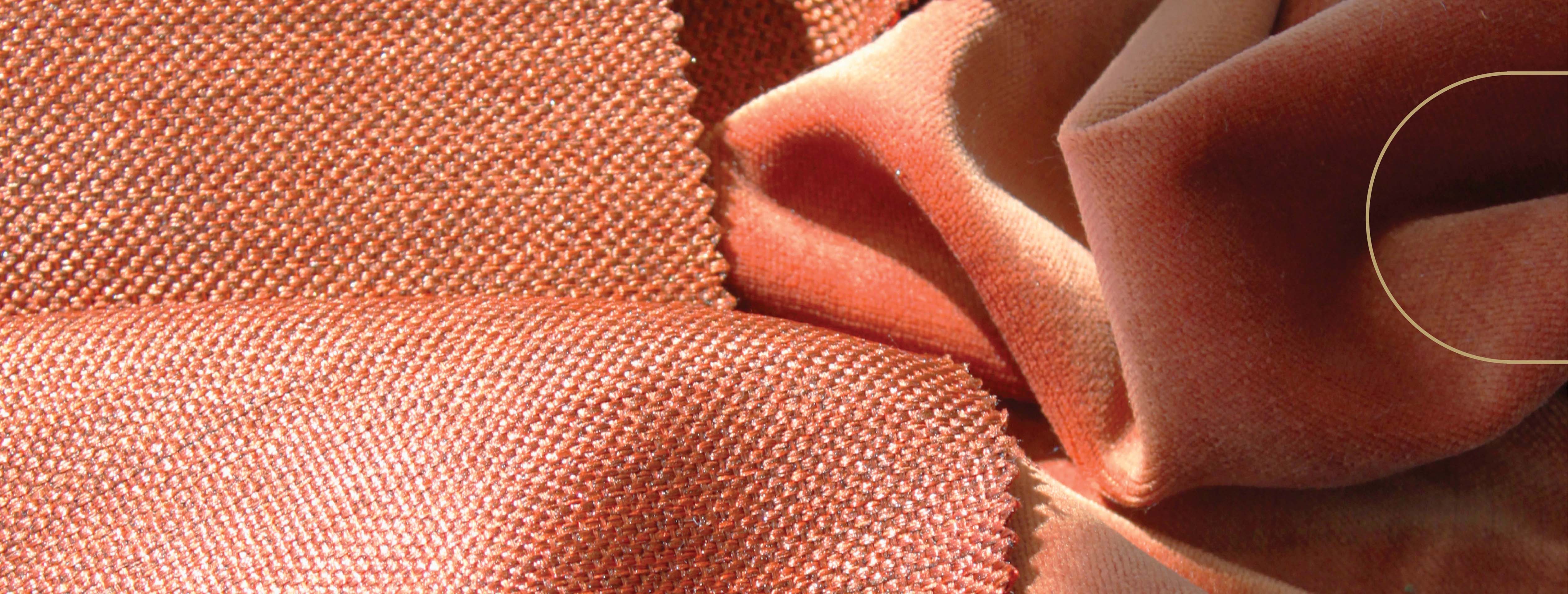Interior design professionals struggle every day with visualising their ideas in ways that make sense, and are even attractive, for their clients.
On a higher level, we have been working on fundamentally transforming the design process, beginning with digital visualisation of interior design layouts and concepts. This has been happening alongside our development of a nature-friendly fabric line here at FR-One.
This article explores our transformational tech solutions to interiors idea and planning visualisation, from high-quality rendering of interior furnishings, to digital fabrics and onwards.
Let’s unpack this.
The problems: budget, time, and manpower
Not so long ago, the lives of product designers, interior engineers, architects and interior designers were even more complicated than they are today. This is because visual designers have always struggled to make their dreams a physical reality.
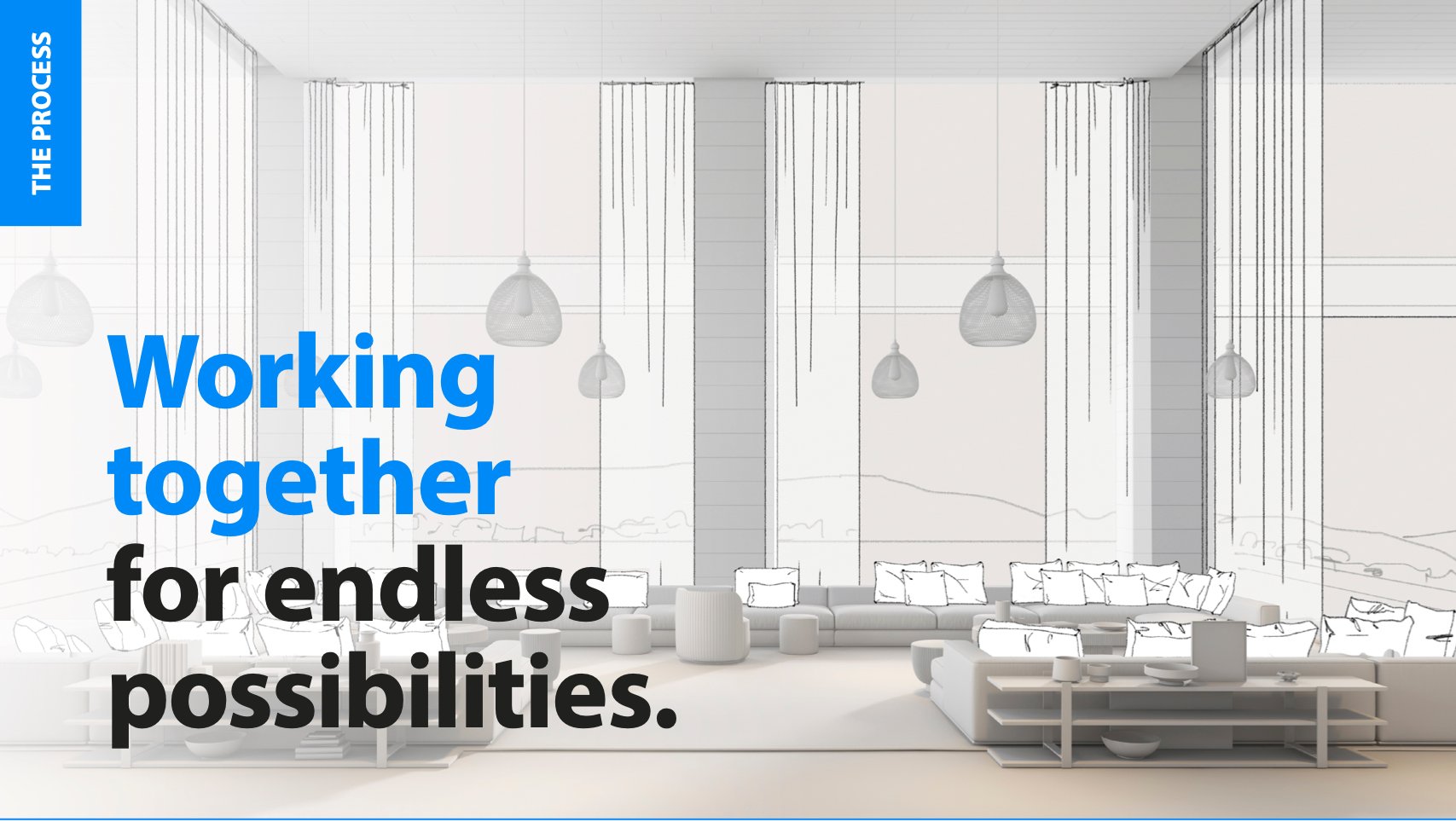
Explaining your ideas to clients was challenging, and on top of that prototyping, for example, was an expensive (and time consuming) process, involving creation and use of physical models. Every stage of the design process was drafted on paper, with the help of different drafting tools.
A major disadvantage of this method of designing is that you can’t actually change it once it’s down on paper. If an architect or a client wants to make a change to the architectural plans a few weeks down the line, all of the sketches had to be drafted again.
Even the production of marketing material for the product of these prototypes was extremely expensive. Lifestyle photography was the work of entire teams, from sourcing locations and models, and, in the case of the textiles industry, having furniture upholstered and shipped across the world to the chosen location.
Sustainable design is our responsibility as a fabrics converter, and we take our corporate social responsibility and environmental management very seriously. Our digital rendering work plays a part in this too. Read more about this aspect here.
Our solution: setting the industry standard for digital fabrics
For over twenty years we have been streamlining our own work processes and helping our clients do the same. The textiles industry is traditionally a legacy-based one. The development of photorealistic-quality renders of our fabrics, room scenes and more, is our unique way of bringing our industry forward into this new, digital world.
We are setting the industry standard for digital fabrics by creating digital renders of them that actually match our own fabrics. Yes, that includes FR-One’s inherently fire-retardant fabrics.
This concept of digital matching means that on the one hand there is the physical fabric and on the other there is a photorealistic, true-tone digital twin of it. It’s with this digital twin technology that all of the possibilities for the future of the architectural design and interior styling markets come into focus.
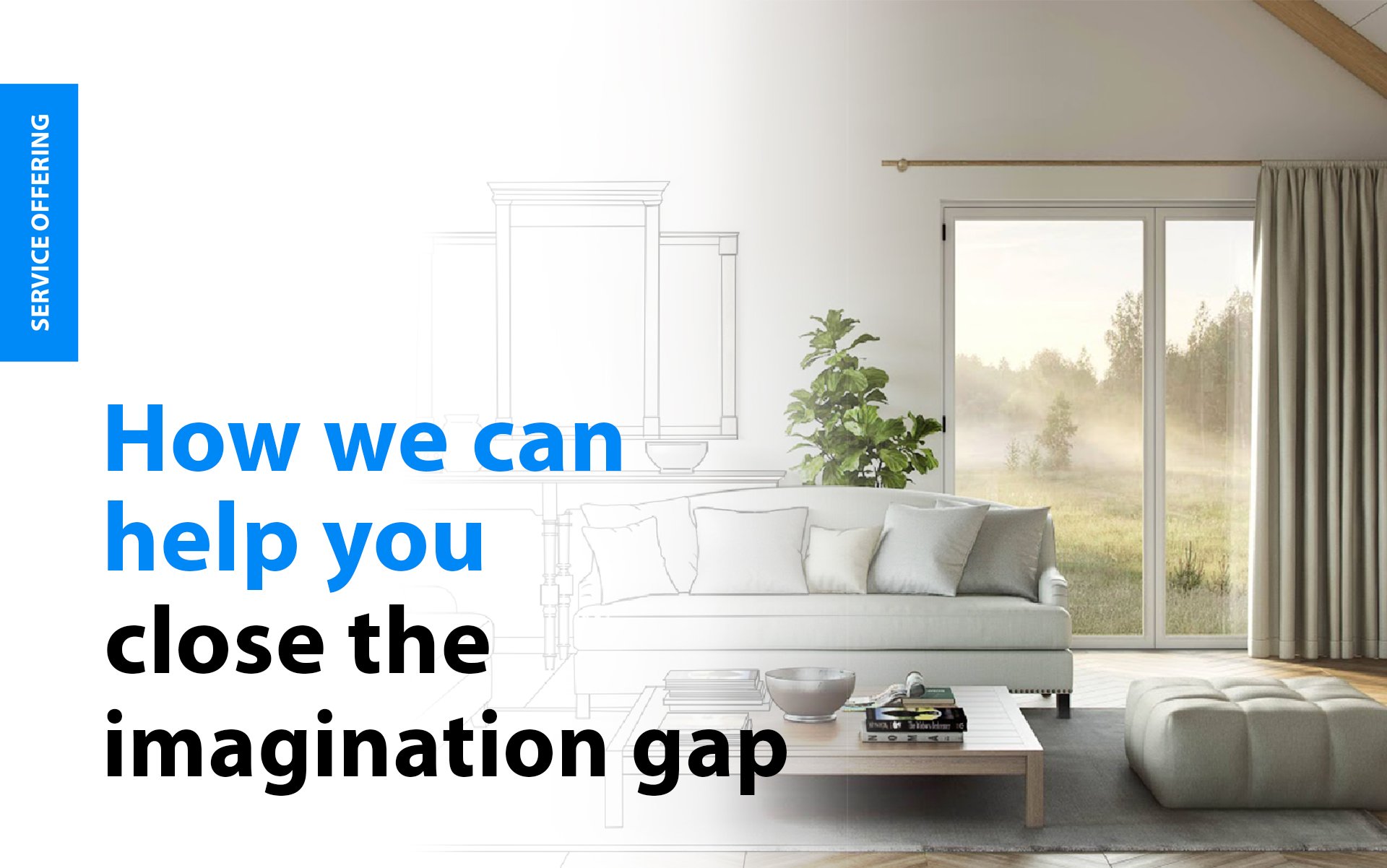
Digital prototyping, for example, is one major concept that changes the work of product designers and architects, as it removes the budget barrier. It is finally possible to prototype digitally at a fraction of the cost of traditional prototyping.
Digital visualisation is absolutely the fastest way to explain interior design concepts to anybody, which not only helps designers and architects on one end, but also helps you deliver a better customer journey.
Why are we doing this?
We see 3D rendering and architectural visualisation as instrumental to the future of interior design and architecture. We have been investing in this technology to help architects and interior designers in so many ways, because we believe that ‘going digital’ is the future of our industry. We actively support architects in all three stages of design: from 3D modelling, to rendering, to creating digital scenes.
Are you interested in learning more about Twinbru and digital visualisation? Get in touch with us today and prepare to be amazed.

